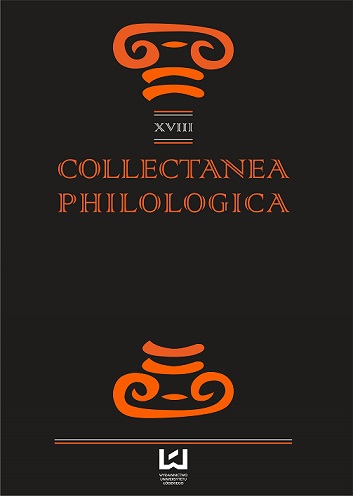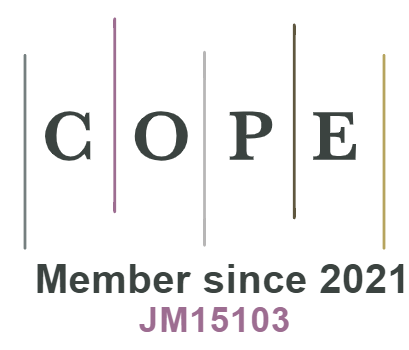Pindaric Kleos
DOI:
https://doi.org/10.18778/1733-0319.18.02Keywords:
Pindar, poezja grecka, tradycja poetycka, kleosAbstract
This article discusses the issue of how kleos works in Pindar’s epinician odes. Firstly, it deals with the relationship between Pindaric and epic, and specifically, Homeric kleos. It tries to answer the question why Pindar was rather reluctant to extensively use the “Iliad” and the “Odyssey” in his odes and much preferred the cyclic poems. I am providing a close analysis of the closing line of the “Pythian 3” in view of Homeric concepts of kleos and a poetic formula of kleos aphthiton. Next, I am discussing Pindar’s relationship with earlier lyric poets, mainly on the basis of passages from Ibycus’ 282a (S151) and Simonides’ “The Platea Elegy”, also briefly mentioning Stesichorus. I am trying to display how their understanding of the mechanics of poetic kleos influenced Pindar.
Downloads
Published
How to Cite
Issue
Section
License

This work is licensed under a Creative Commons Attribution-NonCommercial-NoDerivatives 4.0 International License.












